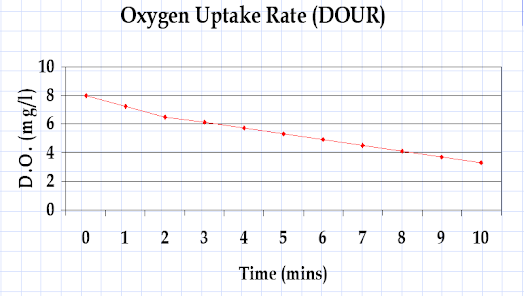Hidden Dangers
of
Improperly Abandoned or Constructed
Wells
Steve Walker, P.G., Source Water Specialist, Georgia Rural Water Association
Here in
Georgia, early settlers collected rain water, utilized springs or hand dug
wells to obtain drinkable water. Dug wells gradually became more common and
allowed people to settle in areas further from drinking water springs. As
medical science advanced through the 1800s, people became more aware of the
link between unclean drinking water and illness. This knowledge coupled with an
ever increasing technical/mechanical ability, fueled the use of machines to
drill wells deeper in search of cleaner, more prolific groundwater sources. These
steel-cased (or other tubular casing materials) drilled wells are now the
standard construction method for both public and private drinking water wells.
Few people
spend much time these days thinking about where their drinking water comes from
and even fewer are concerned with old wells that are no longer in use. However,
from a drinking water standpoint, improperly constructed wells and old,
forgotten wells both pose a risk to all individuals that use the well, and
under the right circumstances, these old wells could pose a risk to an entire
groundwater aquifer.
As the
science of hydrogeology has grown over the last few decades, geologists and
engineers became more aware of how groundwater moves and interacts in the
subsurface and how a bad well or and old well might actually cause a problem. During
the same timeframe, more and more contaminating events became known. As a
result, The Federal government and The State of Georgia Environmental
Protection Division (EPD and predecessor agencies) began generating rules and
regulations to protect the groundwater resource.
Portions of
the Georgia Safe Drinking Water Act of 1977, as amended (391-3-5), and the
Georgia Water Well Standards Act, as amended (O.C.G.A. Title 12-5-3), both
require wells to be constructed to standards set forth in order to protect the
well from failure and from contamination. Standards include setbacks from
septic systems, grouting depth of casing based upon use, thickness of well
casing based upon diameter and type, etc. It is easy to envision how surface
runoff containing parking lot drainage or pesticides/fertilizers from a yard or
nearby agricultural field could flow toward a well and into a drinking water
aquifer.
Photo showing annular space between well casing and borehole
wall. This should have been filled with neat cement (or in some cases other
impervious substances) in a prescribed manner to a certain depth. This is to
seal the casing in the borehole and the
seal depth is specified based upon intended use of the well (drinking vs
irrigation). The cement seal also prevents casing from contacting the soil,
which over time could create pitting from galvanic corrosion. In this case, the
casing is PVC and therefore won’t corrode, but surface runoff is flowing
directly into the collapsed well bore.
This kind of thing impacts not only the users of the well, but all current and future users of that aquifer may be impacted as well. In most aquifers, groundwater flow is far slower than most people imagine, so contaminated aquifers typically STAY contaminated for very longer periods of time, possibly decades (depending upon aquifer hydraulic conductivity, matrix interaction with contaminant, geochemical makeup of the groundwater, nature of contaminating substance, etc.).
As previously mentioned, the Georgia Water Well Standards Act specifies if, when, and how an unused well is to be “filled, sealed and plugged” by a licensed water well contractor. Unless a person can observe an old, dug well which presents the obvious physical danger of falling into it, these unused drilled wells seem to be totally off the radar of most people, even those that work with groundwater regularly. These forgotten wells sit silently forming a direct conduit into whatever aquifer they were installed in. Note that according to the Water Well Standards Act, a well that has not been used for three years should be plugged and abandoned and the property owner is responsible.
Downhole camera view of an old, unused well with casing that
has corroded completely through. Note that shallower groundwater of unknown
quality is flowing into the well and down into either a deeper aquifer or
deeper zone within the same aquifer. The
annular space around this well casing was either never grouted, the grout was
improperly applied, or it simply failed over time.
The former
Georgia Geologic Survey (GGS) had a program at one time that properly plugged
and abandoned wells on state property and abandoned old municipal wells for
small, impoverished townships. However, the GGS and its programs no longer
exist and to date there have been no plans to resurrect them.
An
improperly constructed well or a forgotten well sitting unused and open to the
elements could pose a direct threat to the general public that might obtain
groundwater from the area. It would be prudent for all citizens of Georgia to
be aware of these dangers to our subsurface drinking water sources that should
be protected from contamination, because once an aquifer is contaminated, it
will most likely be exceedingly difficult if not impossible (both in costs and
in human timeframes) to clean it up.
Steve Walker, P.G.
Source Water Specialist
Georgia Rural Water Association





Comments
Post a Comment